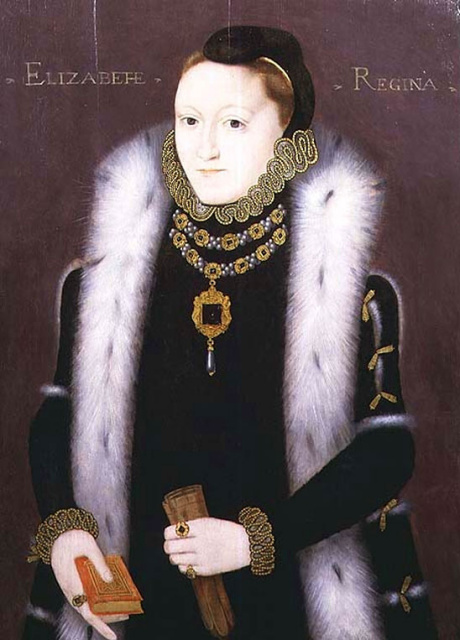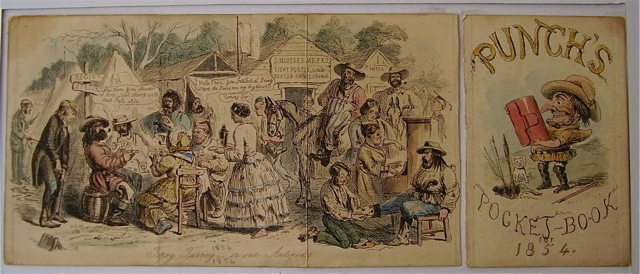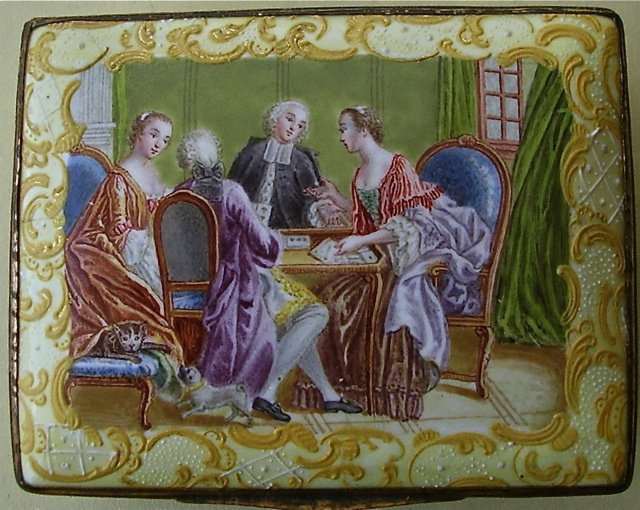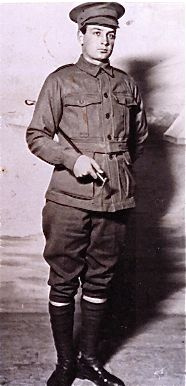Clothing our characters...
In Melbourne for a family visit this week, we went along to the exhibition 'Hollywood Costume' at the Australian Centre for the Moving Image in Federation Square.
It’s a brilliant show of over 80 iconic costumes drawn from the past century of Hollywood film-making … from Scarlett O'Hara's green "curtain" gown from Gone with the Wind, and Dorothy's blue gingham dress and magical red shoes from The Wizard of Oz … to the washed-out cowboy clothes of Brokeback Mountain and Johnny Depp's concoction from Pirates of the Caribbean.
For anyone interested in cinema and creativity – and I guess that includes most of us – the exhibition offers a visual feast of both nostalgia and admiration for the costume designers' art.
The costume designer's art
 I think of the elaborate costumes created for the various screen incarnations of Queen Elizabeth the First, based largely on paintings and documentary research, though constrained by the demands of film and the creative imagination.
I think of the elaborate costumes created for the various screen incarnations of Queen Elizabeth the First, based largely on paintings and documentary research, though constrained by the demands of film and the creative imagination.
Costume must always serve character; and it's fascinating that in Elizabeth the Golden Age, the queen's growing power was reflected in the increasing size and magnificence of her neck ruff (as I imagine it probably did in life).
Elizabeth 1 c.1560,
From that to the comparative simplicity of a tartan skirt and headscarf worn in the Scottish highlands by Helen Mirren as Elizabeth the Second in The Queen ...
the Givenchy "little black dress" immortalised by Audrey Hepburn in Breakfast at Tiffany's...
...and Marilyn Monroe's halter-neck dress worn to such revealing effect in The Seven Year Itch, and which apparently sold recently for a brisk $4.6 million.
One of the best...
The exhibition was curated by Professor Deborah Nadoolman Landis, with Sir Christopher Frayling, and was organised by the Victoria and Albert Museum of London.
In terms of the amount of relevant and interesting information given to the visitor the show was one of the best I've come across.

Research sources: Punch, 1854
How often do gallery curators content themselves with providing the minimal amount of information (name, date and materials), leaving the visitor to grope for meaning and significance beyond an object's superficial appearance.
It's importance ... the real story ... frequently remains a well-kept secret for the cognoscenti.
(Unless, that is, you buy an expensive 'souvenir' tome, hire a set of headphones, or join one of those tour guides who declaim their knowledge in very loud voices, telling everybody within coo-ee what to think.)
Not so with Hollywood Costume.
Revealing
The signage isn't overwhelming, but conveys enough to touch on the key themes of the exhibition.
And they concern the essential elements of good costume design – not as fashion items (though they may become such), but rather as clothes that reveal or conceal character, drive the narrative forward (as with Elizabeth's ruffs), or suggest often subliminal clues about a character's backstory and the social, psychological and dramatic circumstances in which those characters find themselves.
The written notices are supplemented with pairs of small video screens and digital montages, in which the director, an actor or costume designer alternate in talking about aspects of the costume on display, and the meticulous approach taken to research and interpretation within the director's overall concept of the film.

Research source: snuff box lid c.1760
.Just as impressive was the careful approach taken by the best actors towards the development of their costumes. Once dressed in the "right" clothes, they frequently find themselves discovering the essence of the character they are to play.
Meryl Streep, for example, was speaking on the subject of handbags. In many films a woman’s handbag might merely be stuffed with tissue paper.
But when it came to Margaret Thatcher, the handbag was such an extension of the Iron Lady’s persona, that Streep wanted to know precisely what items would have been in Mrs Thatcher's handbag, and saw to it they were there in every scene.
Authenticity
In all of this, the recurring theme is that of authenticity.
If particular elements of a costume are wrong, then for many in the audience the rest of the film will also seem wrong. The necessary "suspension of disbelief" will start to crumble - and for them, the film will fail.
Ancient or modern, it makes no difference. Indeed, many designers say that modern films are the most difficult to dress. The audience puts on their contemporary clothes every day ... and will know instinctively when the look is wrong.
Anyway, I was absorbed with these things, when the thought occurred that this is exactly what writers do every time we imagine character and story, and place them in a particular time and location.
The way we describe details of costume, setting, action, language and social conventions have to be as authentic and convincing as possible. If not, we're at constant risk of losing our readers.
Losing our audience...
Has it often happened to you that you come across a statement that seems wrong when reading a book about a subject or period you know something about? A woman wearing slacks in 1919? Or somebody going up to the central railway station to catch a bus to the country in the same year?
And what's been your response?
Hasn't it started to shake your faith in the rest of the narrative? Doesn't your belief in the artificial construct that is any book start to wobble and threaten to collapse?
 I know it does with me. I was reading a novel once about a man I'd been researching, and found that the author had changed a number of important details ... his wife's name, number of children, his occupation and even where he lived.
I know it does with me. I was reading a novel once about a man I'd been researching, and found that the author had changed a number of important details ... his wife's name, number of children, his occupation and even where he lived.
It was done apparently for literary purposes: but I'm afraid that, whatever its considerable merits, my belief in the rest of the novel's premise started to disappear altogether.
Hence the trouble I took, for instance, to research the details of the uniform young Isaac Manley would have worn when Captain Cook promoted him to Midshipman in 1770.
The different kinds of headgear worn by Anzac soldiers at Gallipoli. The black sands of Matavai Bay.
Private Howard Waring AIF, 1915.
Details of the concert programme given for the first class passengers aboard ship when they migrated to this country in 1919, for the current work in progress.
Of course we can always get things wrong inadvertently.
But going around the Hollywood Costume exhibition the other day, I was greatly encouraged to find my own belief confirmed in the crucial importance of authenticity and research in every aspect of the creative arts. I recommend it to you.
Here’s the link http://www.acmi.net.au/hollywood-costume.aspx. And you might want to look at the excellent notes in the Education Resource Kit.
Photo credits:
Research Sources: Painting of Elizabeth 1 c.1560, the Clopton portrait: Wikipedia Commons PD.
Research sources – print Punch 1854: author photo.
Research sources – snuff box lid 1760-65: author photo.
Research sources – photograph, Private Howard Waring, 1915: author photo.
